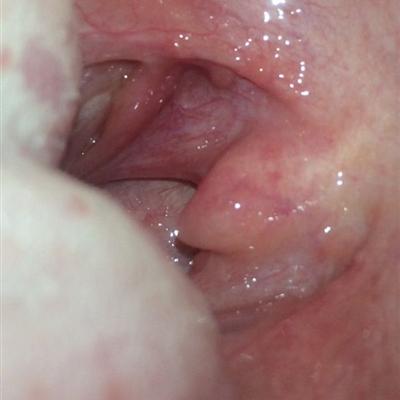Fetal neuroblastoma symptoms?
summary
Neuroblastoma is a common infant disease with high mortality. It belongs to neuroendocrine tumor. The common sites of neuroblastoma are adrenal gland, pelvic cavity, chest and so on. Neuroblastoma can be divided into low risk, medium risk and high risk. The low risk patients are mostly infants, and the high risk patients are mostly children aged 4-8 years. What are the symptoms of fetal neuroblastoma? Let's talk about it.
Fetal neuroblastoma symptoms?
There were no obvious symptoms in the initial stage of neuroblastoma. The common symptoms were anorexia, fatigue and joint pain. When the tumor grows later and metastases to other sites, the symptoms will become more obvious.

Abdominal distension and constipation are the clinical symptoms of celiac neuroblastoma; The clinical symptoms of spinal neuroblastoma are decreased limb strength and walking difficulty; Bone pain and claudication are the clinical symptoms of leg neuroblastoma; Pale skin and anemia are the clinical symptoms of bone marrow destroyed by tumor; Dyspnea is a clinical symptom of thoracic neuroblastoma.

If the tumor metastases to the pelvic cavity, neck, adrenal gland and other parts, there will be corresponding symptoms, such as ataxia, hypertension, diarrhea.

matters needing attention
It is difficult to treat neuroblastoma. If it is low-risk, medium risk patients, often can be cured, but if it is high-risk patients, the possibility of cure is relatively low. Low risk patients do not need surgical treatment for the time being. They should first take drugs to control the disease and avoid further expansion of the tumor and involvement of adjacent organs. After the condition is stable, the operation treatment, basic can recover. The patients with moderate risk should be examined as soon as possible to determine the location and size of the tumor, and the tumor should be removed on the basis of maintaining the basic function of the organ, supplemented by chemotherapy. Although there are many treatment methods for high-risk patients, such as surgical resection, bone marrow transplantation, chemotherapy, biotherapy and so on, the treatment effect is poor.
















